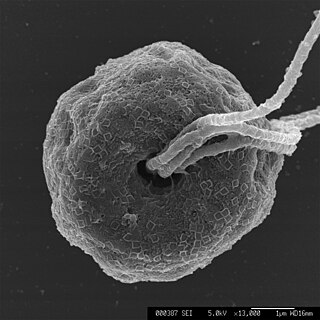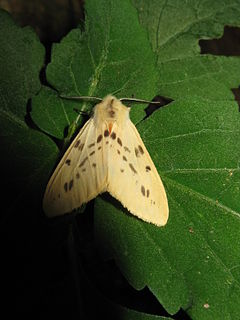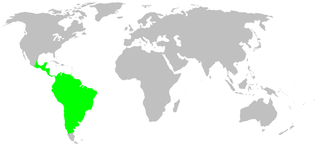
Pheasants are birds of several genera within the subfamily Phasianinae, of the family Phasianidae in the order Galliformes. Though they can be found world over in introduced populations, the pheasant genera native range is restricted to Asia.

Pirate spiders, members of the family Mimetidae, are araneomorph spiders which typically feed on other spiders.

Arthur Gardiner Butler was an English entomologist, arachnologist and ornithologist. He worked at the British Museum working on the taxonomy of birds, insects, and spiders.
Eucamerotus was a genus of sauropod dinosaur from the Barremian-age Lower Cretaceous Wessex Formation (Wealden) of the Isle of Wight, England.

Ornithopsis was a medium-sized Early Cretaceous sauropod dinosaur, from England.

Eucercosaurus is the name given to a genus of dinosaur from the Early Cretaceous. It was an ornithopod discovered in England and first described in 1879. The type species, Eucercosaurus tanyspondylus, was described by British paleontologist Harry Seeley in 1879. It is considered a dubious name, and was once considered an ankylosaur.

The white-toothed rats, genus Berylmys, are a group of Old World rats from Asia.

Clynotis is a genus of spiders in the family Salticidae, or jumping spiders, contained within the subfamily Marpissinae. They are found across Australia and New Zealand, with some species occupying the Auckland Islands and one found exclusively on Snares Island. There are eight species currently described within the genus, the earliest noted being the type species Clynotis severus, first described in Queensland, New South Wales, Australia in 1879 by Ludwig Carl Christian Koch. The most recent was described in 1931 by Lucien Berland. Two other species previously held within the genus were subsequently reclassified into the genus Tara.

Coprinellus is a genus of mushroom-forming fungi in the family Psathyrellaceae. The genus was circumscribed by Petter Karsten in 1879. Most Coprinellus species were transferred from the once large genus Coprinus. Molecular studies published in 2001 redistributed Coprinus species to Psathyrella, or the segregate genera Coprinopsis and Coprinellus. As of January 2016, Index Fungorum accepts 62 species of Coprinellus.
Spencer Le Marchant Moore was an English botanist.

Pyramimonadales are an order of green algae in the Chlorophyta.

Candalides is a large genus of butterflies in the family Lycaenidae. The species of this genus are found in the Australasian ecozone.

Lemyra is a genus of tiger moths in the family Erebidae. The genus contains many species from East and South Asia, Sundaland and Australia. It was described by Francis Walker in 1856.

A giant isopod is any of the almost 20 species of large isopods in the genus Bathynomus. They are abundant in the cold, deep waters of the Atlantic, Pacific, and Indian Oceans. Bathynomus giganteus, the species upon which the generitype is based, is often considered the largest isopod in the world, though other comparably poorly known species of Bathynomus species may reach a similar size. The giant isopods are noted for their resemblance to the much smaller common woodlouse, to which they are related.
Propalticidae is a family of beetles, in the suborder Polyphaga. It contains two genera with the following species:

Senoculus, also called bark hunters, is a genus of Central and South American araneomorph spiders and the only genus in the family Senoculidae. It was first described by Taczanowski in 1872.
Sparganothis is a genus of moths belonging to the subfamily Tortricinae of the family Tortricidae.

Clavus is a genus of small sea snails, marine gastropod mollusks in the family Drilliidae.
Ischnosiphon is a genus of plants native to Central America, South America, Trinidad and the Lesser Antilles. It was first described as a genus in 1859.

Stegolepis is a group of plants in the family Rapateaceae described as a genus in 1872.















